The breakdown is an area of the game that has changed considerably in recent years. It was not so long ago that only a few players competed at the ruck and maul, but now everyone from one to 15 works on it in training.
It is not just a matter for scrambling for the ball on the floor. In the Wales team, Gethin Jenkins, a prop, is a supreme jackaller, knowing when to intervene, but Ian Evans, a second row who is taller, concentrates on counter-rucking.
And it is not just forwards who battle at the breakdown. Backs get involved and one of the most effective players in the world in the tackle area is the Ireland captain, Brian O’Driscoll, who is expert at forcing turnovers.
Southern hemisphere teams are perhaps ahead of the north in the way their back threes work after a tackle and win turnovers. Australia’s Digby Ioane is someone who particularly impresses me, an explosive player who is a devastating counter-rucker.
My position, open-side flanker, used to be the prime source of turnovers and it is still a key position, but the way the game has changed, with fewer scrums and line-outs and far more rucks, you have to pick your moment.
There is nothing to be gained in contesting every breakdown, not that it is physically possible. There is no point in chasing lost causes and it is a matter of appreciating when a turnover is on.
I like to win at least three or four in a game and I was disappointed that I only managed two against England last month. England did well at the breakdown and put us under a lot of pressure there.
David Pocock and Heinrich Brussow are two of the leading open-sides in the world, different players but both highly effective, but the player who stands out is Richie McCaw.
You would not have known in the World Cup that he was suffering with a serious foot injury. He uses his experience to the full and he is a strong option in the line-out. He has it all.
When I emerged into senior rugby, Martyn Williams was the open-side I looked up to and he has helped me enormously. He was among the best well into his 30s, adapting to the way the nature of the breakdown changed.
You have to be supremely fit as an open-side. It is rare that a specialist in the position is on the bench and you invariably have to play the full 80 minutes.
I have noticed a change in the way the breakdown is being refereed in the Six Nations. Tackled players are being given more time to release the ball: previously they were penalised if they did not let go immediately.
They are now being given a good few seconds. It gives the attacking team more chance to retain possession, which is fair enough, but it also means that when you are defending, you have to reassess which breakdowns to attack.
It is not just a matter of spotting when a ball-carrier is isolated. You have to consider your defence around the fringes should you commit too many players to the breakdown and fail to win the ball.
When someone breaks behind your line, the priority is to stop the move and reorganise your defence rather than snaffle the ball. England got through us a few times and we had to scramble back.
What is crucial is that the breakdown is a contest for possession. If interpretations overly favour the attack or defence, it ruins the balance that is needed given the preponderance of rucks in the modern game.
As a team, Wales spend hours on the training field working on breakdown manoeuvres, in defence and attack, and I know we will not be the exception. It is where games are won and lost, as Scott Williams showed stealing the ball from Courtney Lawes to score the winning try for Wales at Twickenham.


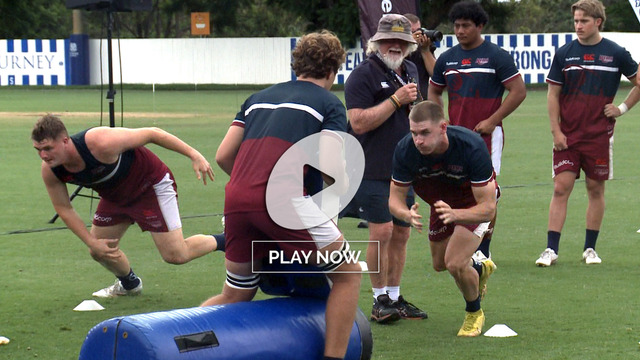
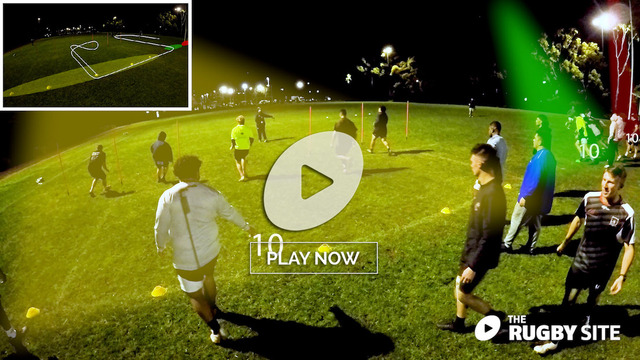

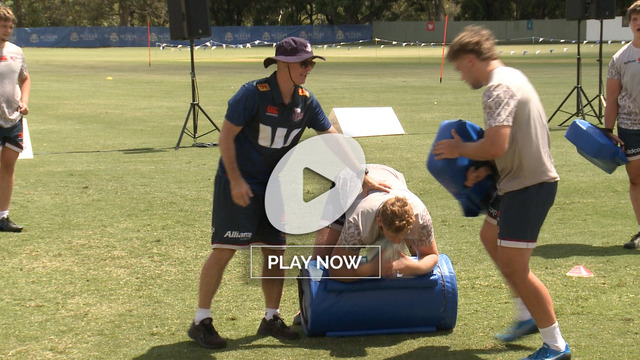
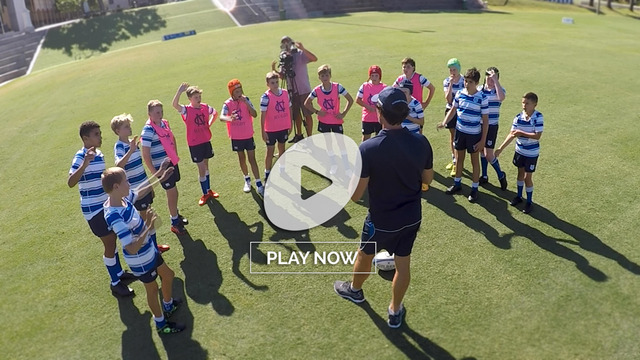

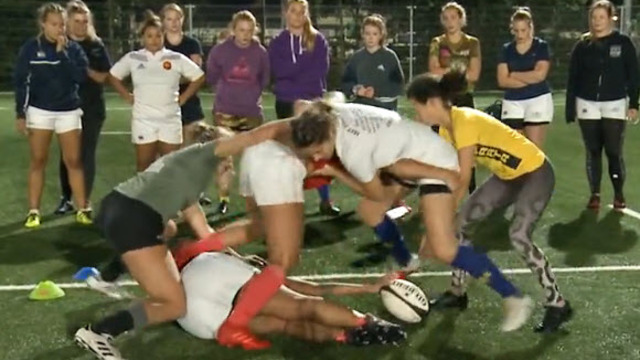

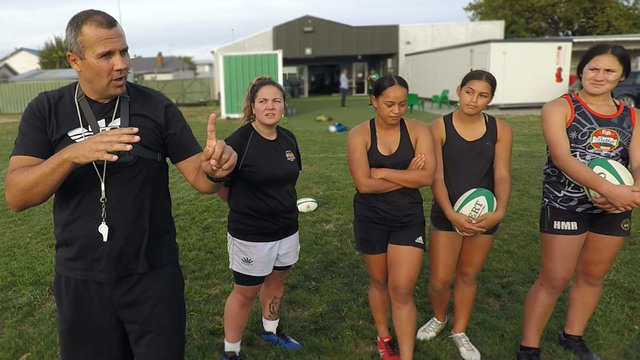

.jpg)
.jpg)
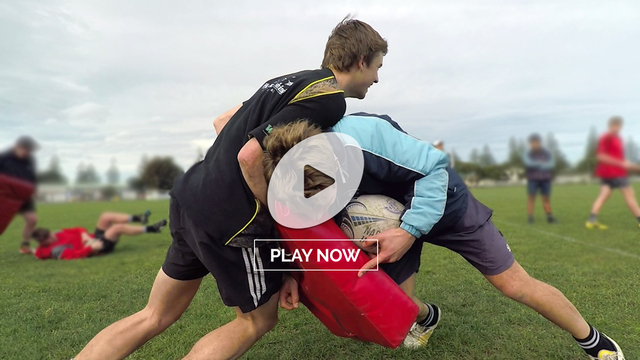
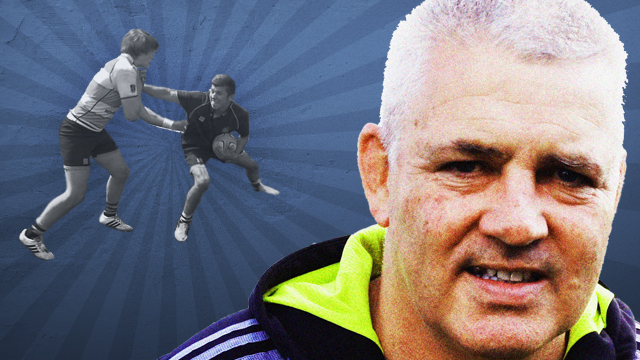
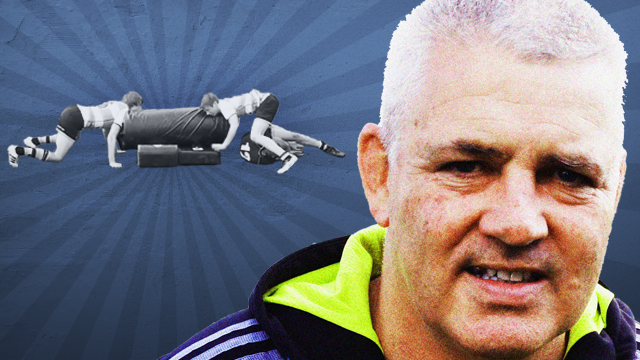
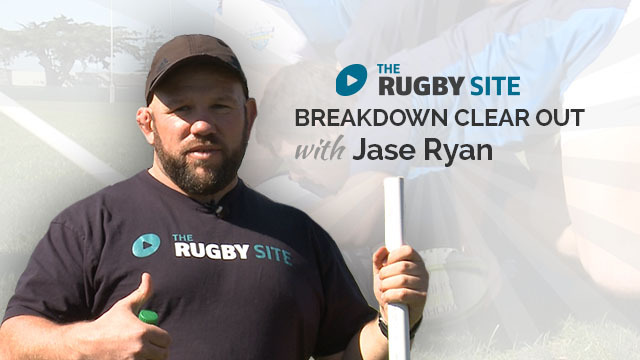
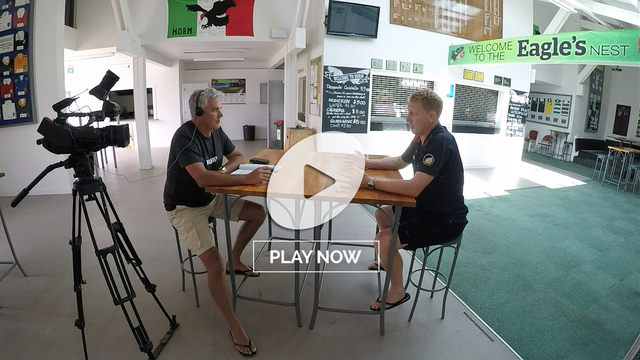
_no_button.jpg)

